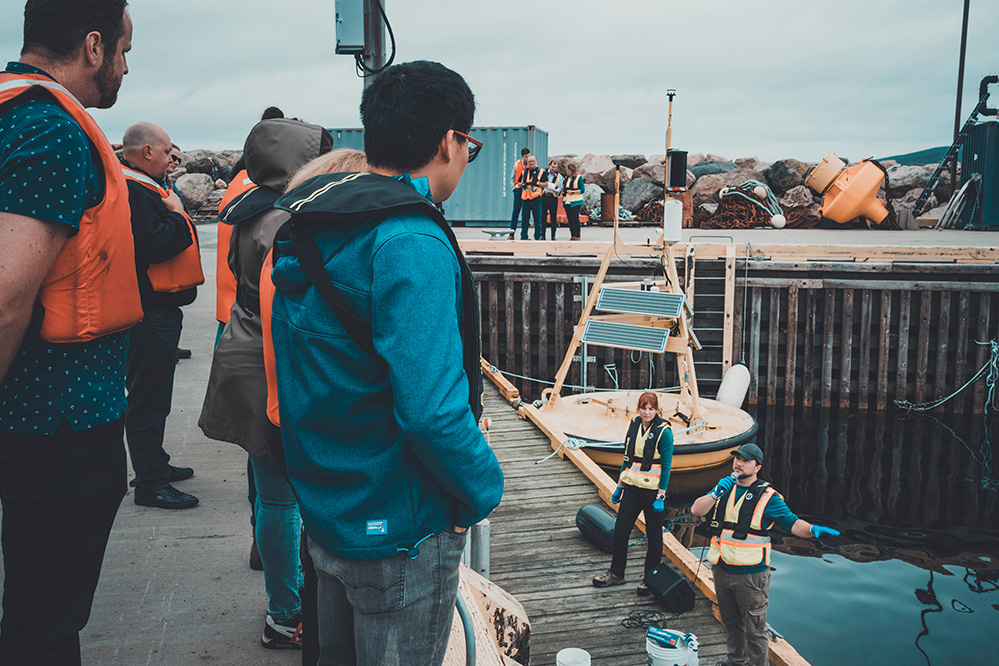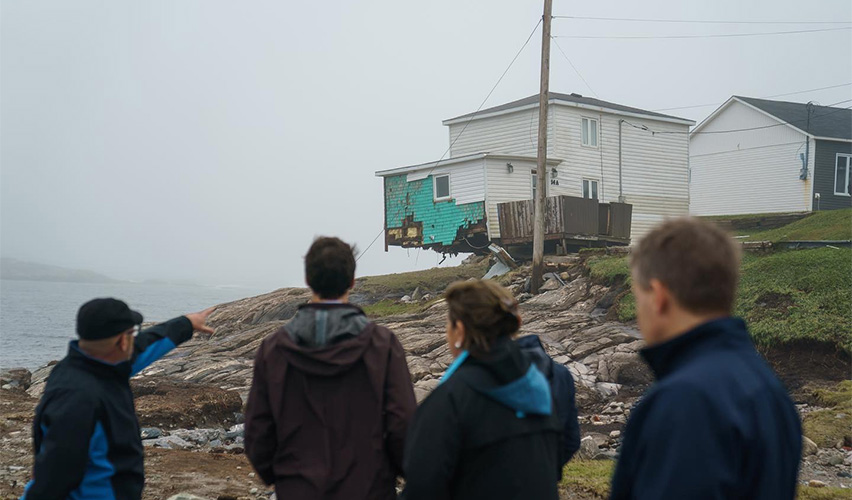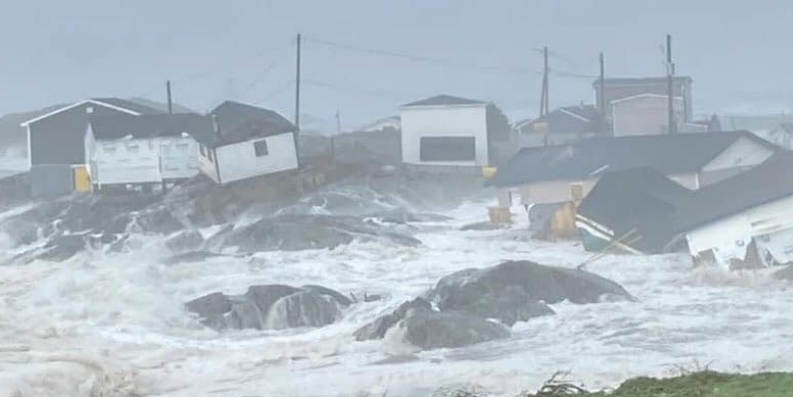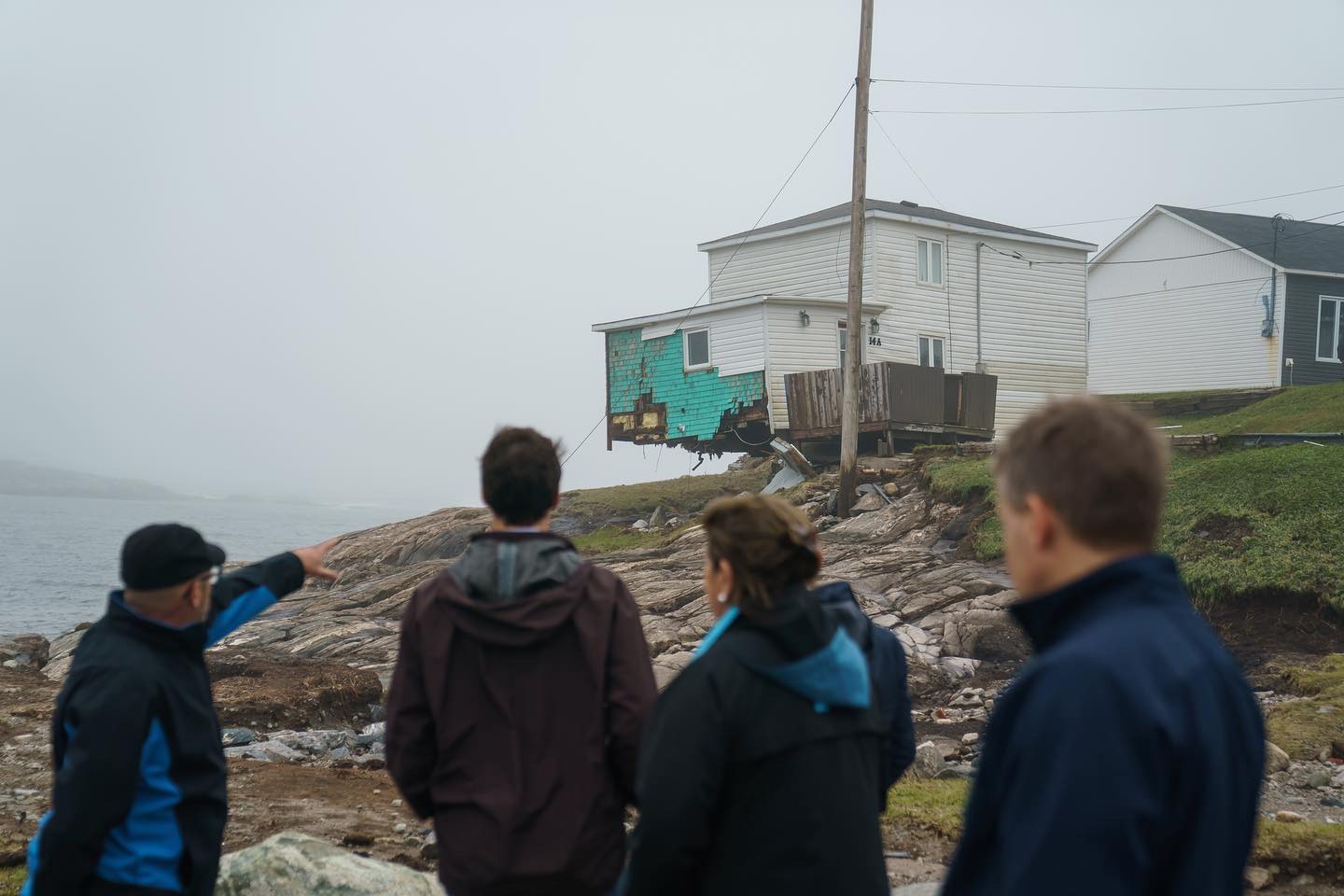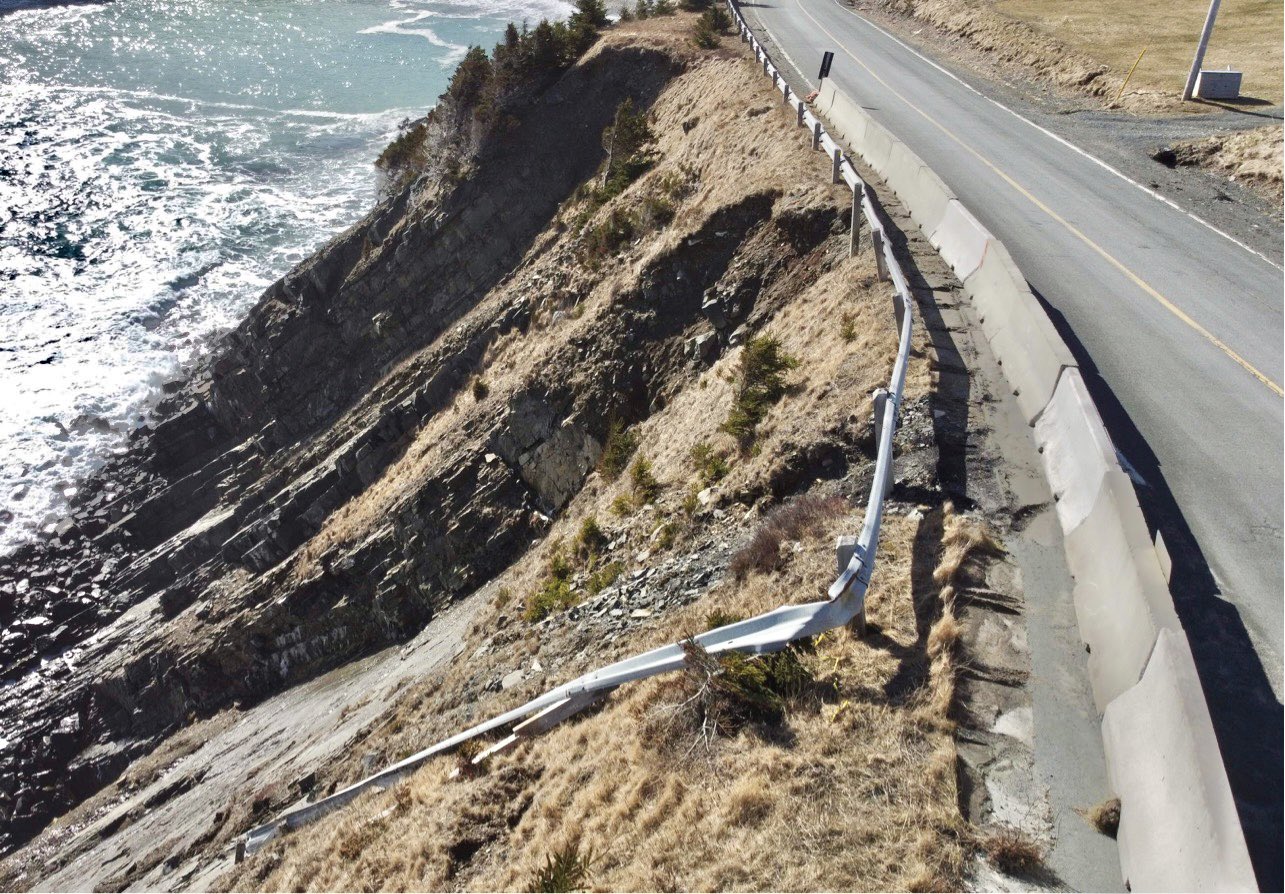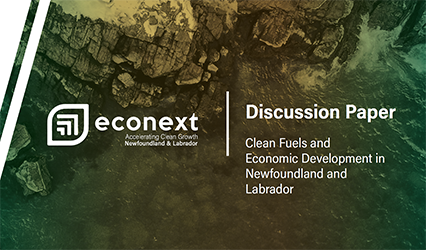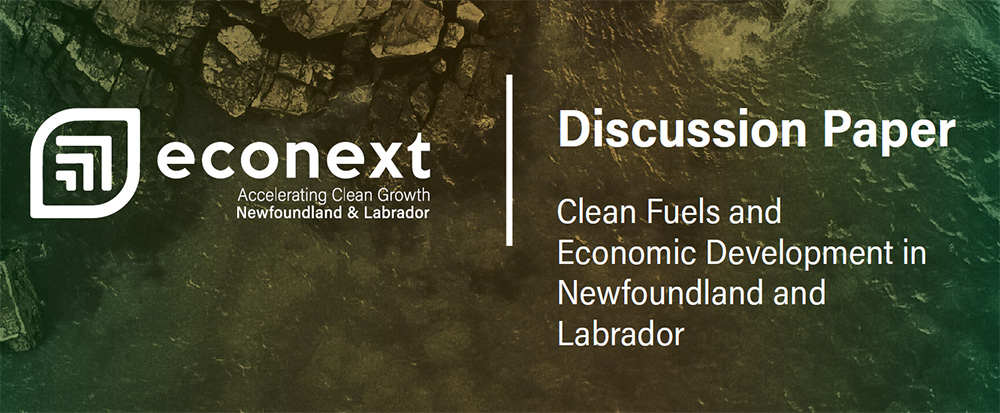From Readiness Comes Resilience
It used to be that when we thought of wildfires, our minds likely shifted to places like Australia, California, or Western Canada. But the idea of wildfires in Newfoundland and Labrador? Historically, it hasn’t been top of mind.
All of that changed in the summer of 2022, when a series of major fires erupted in central Newfoundland, sparked by lightning strikes during a spell of intensely hot and dry weather. These blazes were some of the largest forest fires to ravage the island in its history, ultimately consuming over 228 square kilometers of land.
The fires caused widespread disruption and hardship. Roads and highways, some of which were the only means of connecting and supplying towns, were closed for days. Grocery store shelves were quickly emptied, and in some cases, food and supplies had to be flown in by helicopter. The smoke and poor air quality also prompted officials to declare a state of emergency in the city of Grand Falls-Windsor and several surrounding communities.
The searing images captured of forests, that were now nothing but ash and charred tree trunks, looked like something out of a post-apocalyptic movie- a far cry from the picturesque landscapes Newfoundland and Labrador is known for.
In the years since, wildfires have continued to threaten communities across the province. In July 2024, Labrador was hit by its largest-ever wildfire evacuation as fast-moving fires swept through communities including Labrador City, Wabush, and Churchill Falls, forcing thousands from their homes and severely disrupting daily life. The fires posed a direct threat to critical infrastructure, most notably the Churchill Falls hydroelectric generating station, which supplies electricity to both Labrador and Quebec.
As the wildfire near Churchill Falls crossed the Churchill River, it forced the evacuation of the plant and led to the shutdown of two major transmission lines, resulting in widespread power outages for residents and major iron-ore mines in Labrador West. Emergency power was supplied from Fermont, Quebec, but rotating outages and industrial disruptions persisted, highlighting the region’s vulnerability and the lasting impact on local families, businesses, and essential services. Then, in 2025, new wildfires broke out in both Adam’s Cove and Labrador, prompting fresh warnings and renewed calls for vigilance as dry conditions and high fire risk persisted.
| Why the future looks…smoky
It’s important to note that wildfires are a natural occurrence that play an important role in many ecosystems. They clear dead organic matter from the forest floor and help with nutrient cycling and plant regeneration. However, with global warming and increasing temperatures, the risk of wildfires has increased. Drier conditions and longer fire seasons are the new normal, and it’s not just Newfoundland and Labrador that’s feeling the heat.From the Amazon rainforest to the Australian outback, wildfires are ravaging ecosystems and communities at an alarming rate. Climate change is exacerbating these three major factors that influence wildfires, which when combined pose a significant threat to communities and ecosystems: 1. Dry fuel to burn: As temperatures rise, vegetation dries out more quickly, creating more fuel for fires to start and spread. 2. Frequent lightning strikes: Climate change also promotes the development of more storms capable of producing lightning, which is the chief cause of forest fires. These lightning strikes often ignite fires in remote areas, making them harder to detect and respond to. 3. Dry, windy weather: Hot and dry weather, or “fire weather,” is becoming more frequent, making fires harder to put out and intensifying the fire season. Topography also has a major impact on the spread and behavior of wildfires. When fires burn uphill, the flames are closer to the fuel, causing them to spread faster due to the increased fuel availability and drier conditions. Meanwhile, terrain like valleys and ridges can act as barriers to control the spread of the fire. |
A heated relationship
The relationship between climate change and forest fires is a complex one. While forest fires can contribute to global warming through the release of greenhouse gas pollution, a warming planet also increases the likelihood of fires. It’s a cycle that can have negative consequences for the environment and for communities, but there are actions we can take to reduce its impact.
| A fiery dance we can learn from
Think of a fire regime like a dance with partners: climate, ignitions, and vegetation. These partners come together to create a unique rhythm of fire events across a broad landscape and over a long span of time. Climate sets the tempo, with warm, dry summers providing a beat for frequent fires. In Newfoundland and Labrador’s boreal forest, for example, a lack of rainfall and scorching summer temperatures provide the perfect conditions for these fiery events to take place. By observing these connections, we gain a deeper understanding of the patterns that shape the region and the relationships between these partners. |
| Beating the heat at home
By taking steps to maintain and protect the area surrounding your home, you can reduce the risk of wildfire damage. This can include removing dead vegetation and keeping trees trimmed, using fire-resistant materials in landscaping and construction, creating defensible space, and having an evacuation plan in place. FireSmart leads the development of resources and programs to help Canadians increase resilience to wildfires. Learn more here and be sure to download their app to your phone: If you want to dig deeper or stay informed, here are some great resources to check out: – The Government of Newfoundland and Labrador offers a detailed Wildfire Preparedness and Prevention Guide. It covers fire bans, safety tips, and current fire updates. This is a great resource to understand local wildfire risks and rules. Wildfire Prevention – Fisheries, Forestry and Agriculture – To track wildfires in real time, explore Newfoundland and Labrador’s interactive Wildfire Dashboard. It shows current fire locations, sizes, and status. This tool is especially useful during fire season. NL Active Wildfire Mapping Application -The Canadian Red Cross provides useful information to help you prepare for and recover from wildfires in your community. Wildfire Information and Support – Canadian Red Cross Using these resources can help you stay prepared and protect your home and community from wildfire threats. |

The burning question
With wildfires, it’s not just the natural environment that is at risk. These fires also threaten the communities that call Newfoundland and Labrador home. The toll on property, infrastructure and loss of life can be significant and heartbreaking.
As wildfires become more prevalent in Newfoundland and Labrador, we face a pressing question: how do we adapt to this new reality? The most obvious answer is clear and well-known by now: we need to take immediate action to curb greenhouse gas emissions and slow the warming of the planet. But we also need to prepare ourselves for the inevitable impacts of climate change that are already happening.
This means a focus on fire prevention and management as well as disaster preparedness and response. All stakeholders have a role to play in this – whether its governments, communities, businesses, or individuals.
The increasing threat of wildfires in Newfoundland and Labrador is a stark reminder that climate change is not a distant threat. If you are interested to learn about how climate change presents risk for your community or business – and what you can do to prepare – contact Sepehr Khosravi, our province’s climate services specialist from CLIMAtlantic.


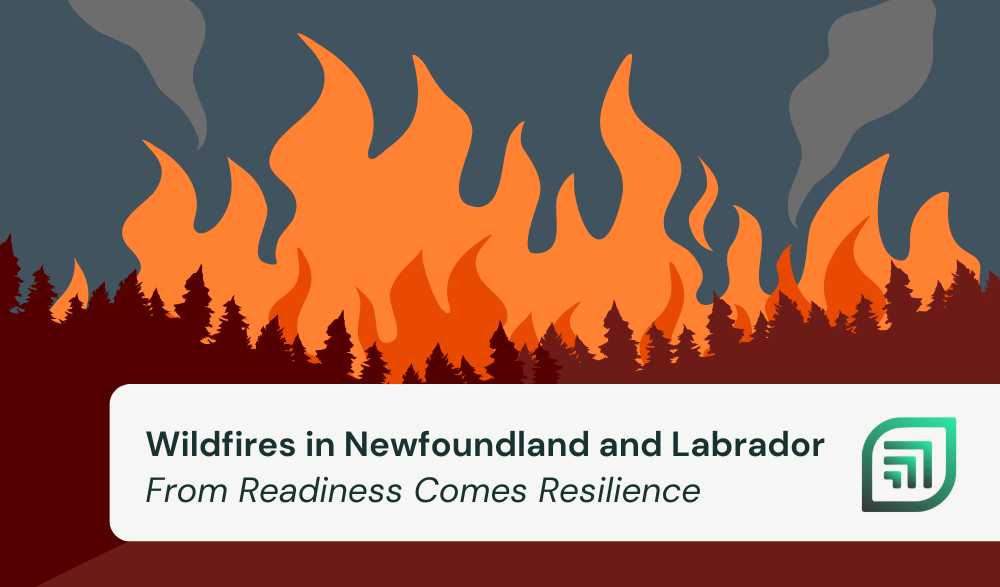






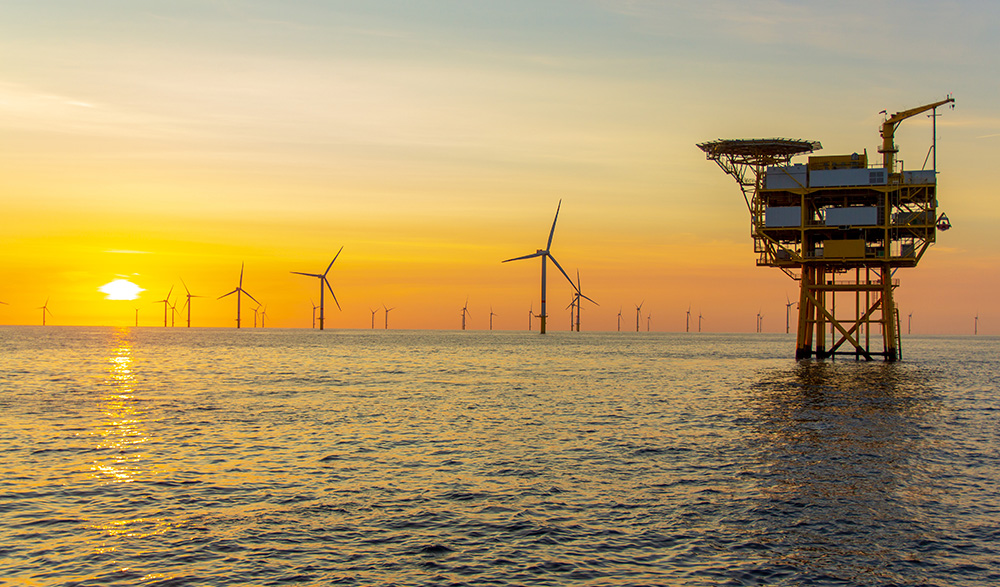
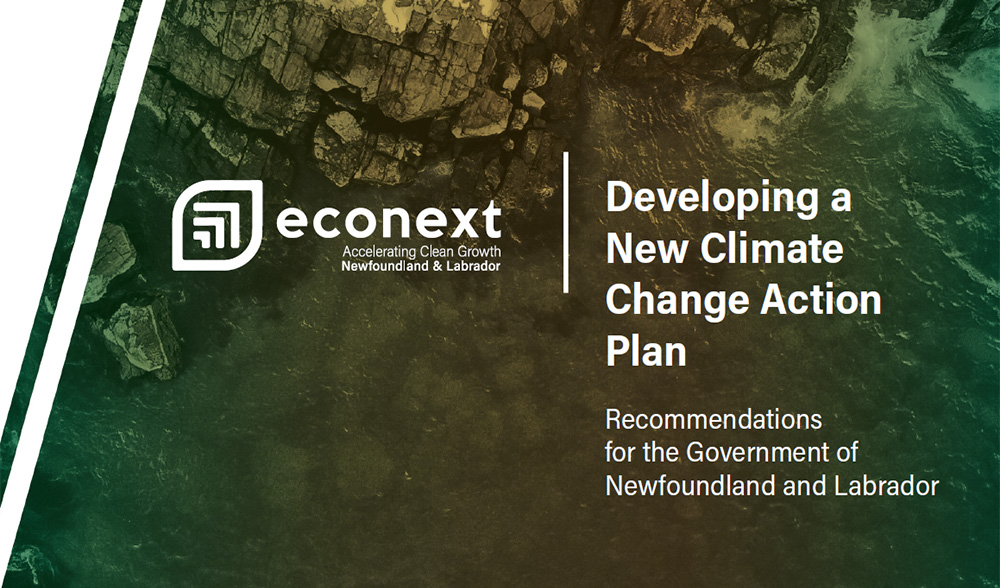
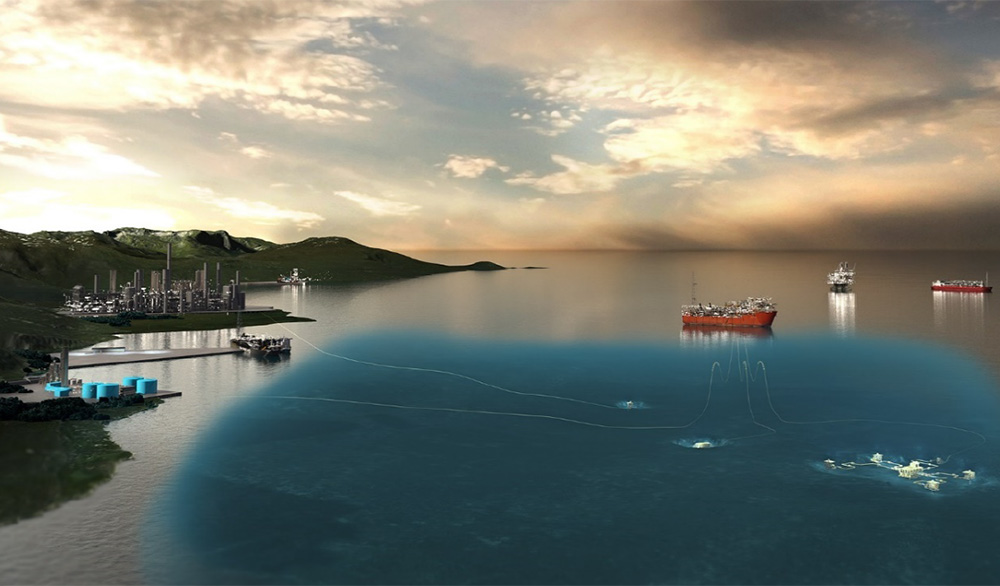
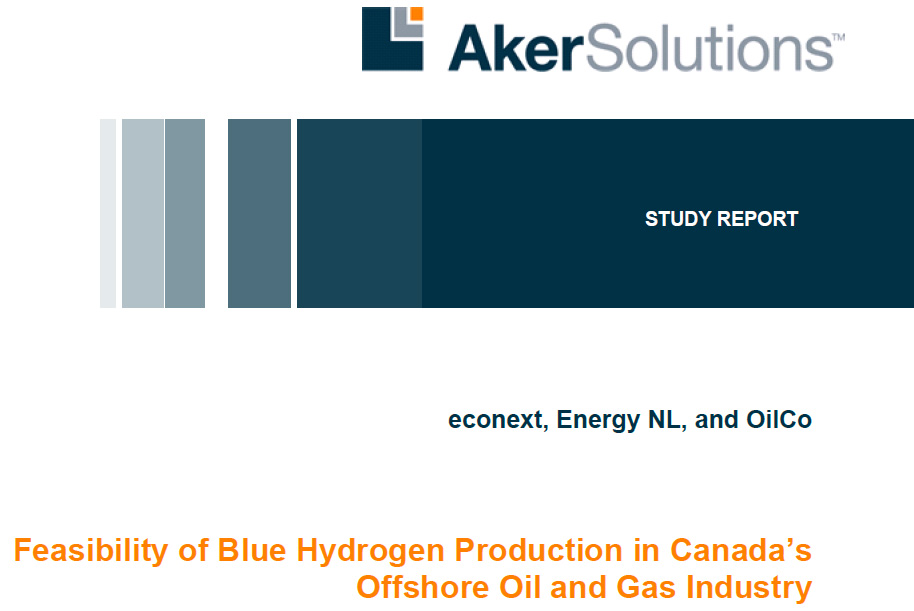
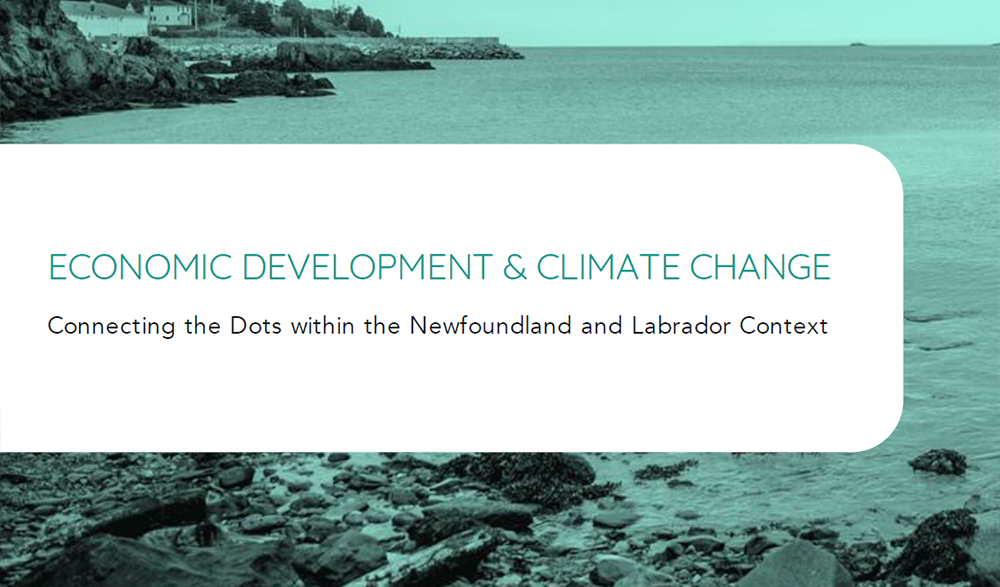

 On behalf of econext, I would like to wish our members and partners a Happy New Year.
On behalf of econext, I would like to wish our members and partners a Happy New Year.